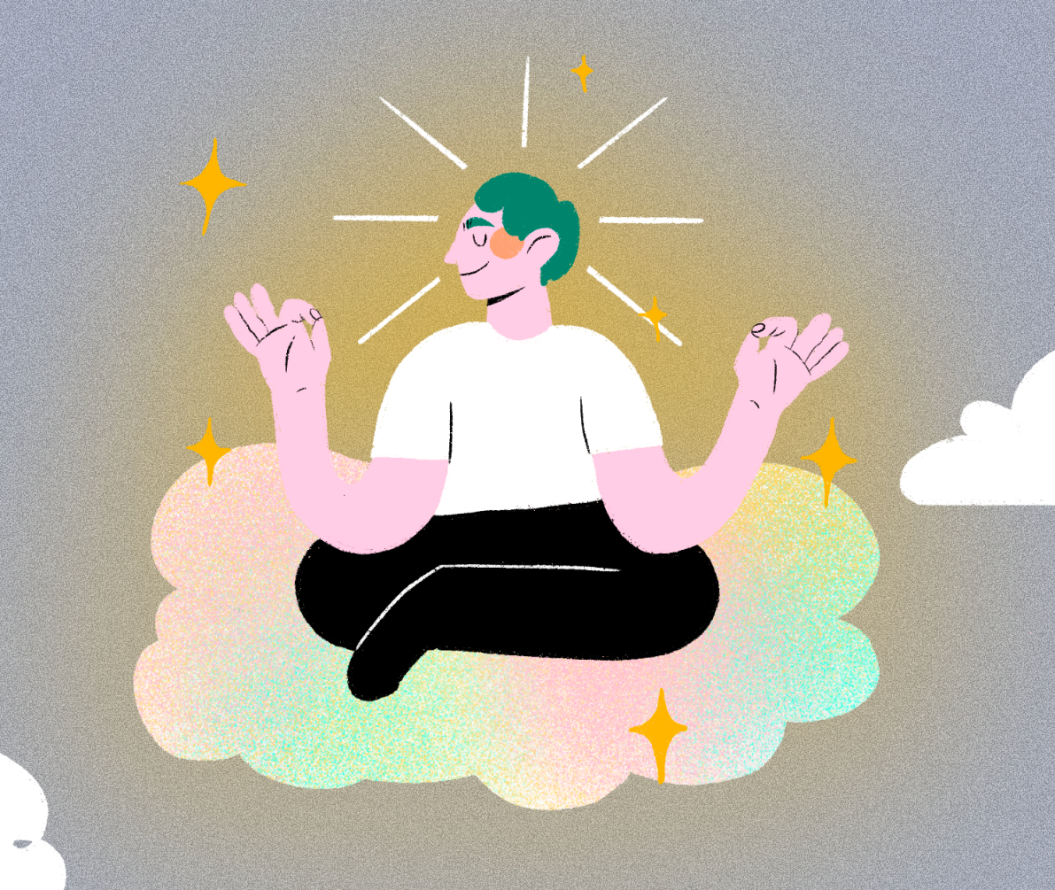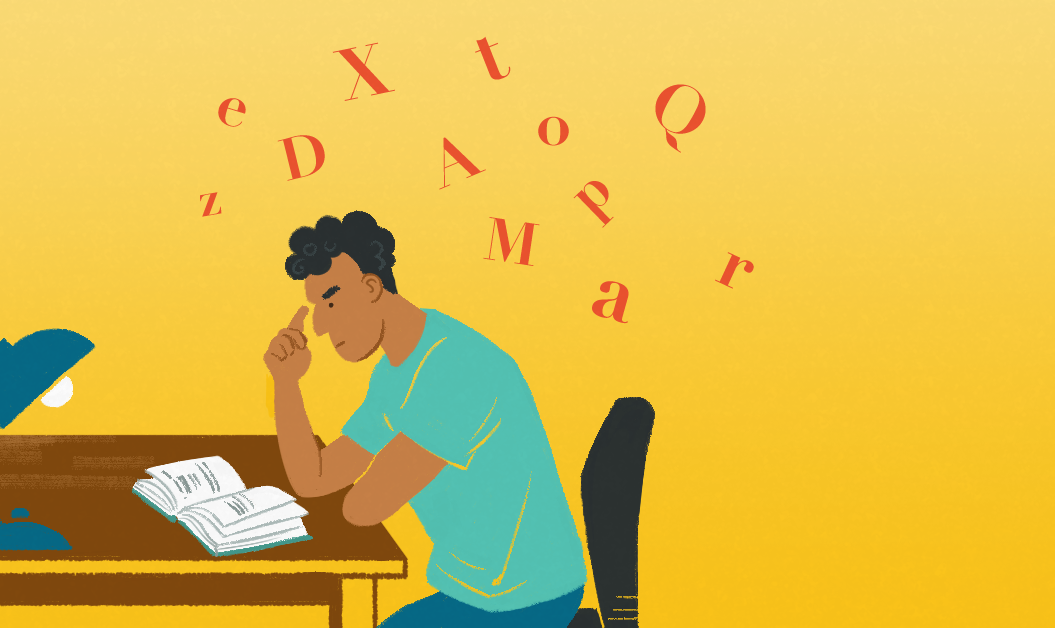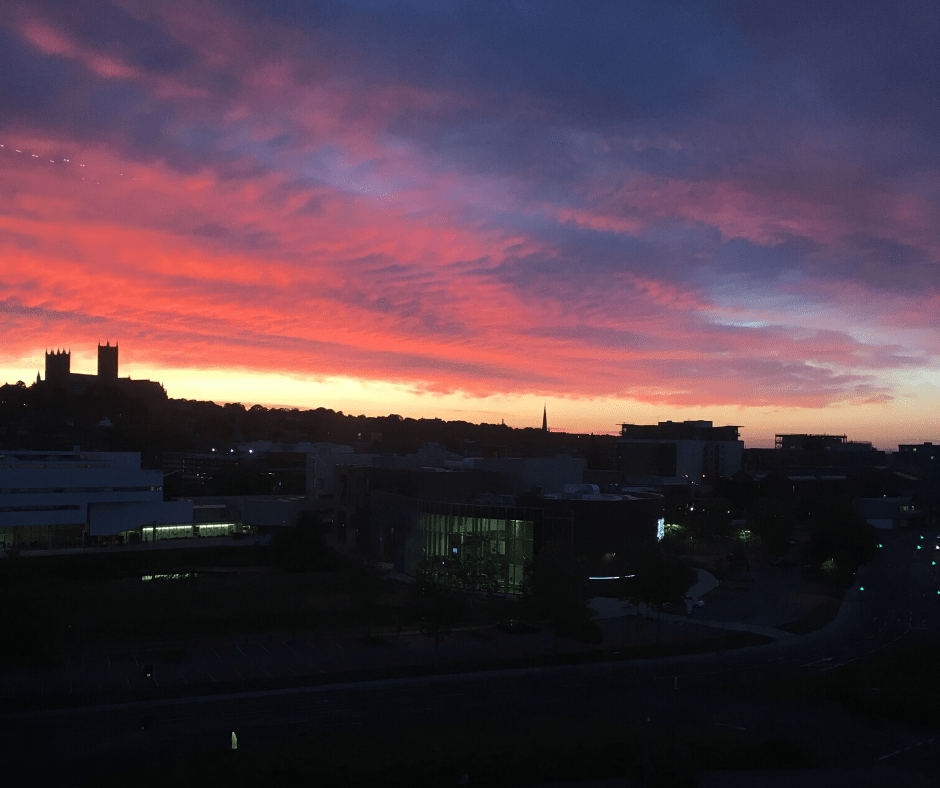Hi, I'm a second-year Media Production student originally from Denmark. I'm also a part of the Musical Theater Society and LSFM society and I was once in a professional opera where I sang entirely in Russian (which I don't speak).…

Book review: Children of Blood and Bone
October 30, 2020,
read.
This article is more than 3 years old
October is Black History Month and one of the activities the SU planned was a book club, and when I saw there was a fantasy book on the list, I knew I had to read it. When I started Children of Blood and Bone by Tomi Adeyemi I was expecting to read a fantasy book with a fantastical yet familiar setting with tropes I have read so many renditions of before, but that was not the case.

The biggest difference was the setting and the culture the magical traditions are rooted in. Since most of the fantasy books I’ve read have been written by white authors, it has always been assumed that a character was white unless otherwise stated. Not only does it benefit the narrative that none of the characters in this book are white, but it was a welcome challenge to my brain and the assumptions I usually make whilst reading books. The names also haven’t been anglicised and I think that is a very important representation as I had to work to figure out how these new names and words are pronounced in a way that helped normalise them in my internal vocabulary.
Adeyemi has taken inspiration from Yoruba culture and West African mythology in the creation of her world, which is prevalent through the way magic and religion ties together with a God or Goddess governing each of the ten abilities that are tied to the maji (fully fledged magical people) clans. It is prevalent through every fiber of Orïsha (the country it is set in) that Ayedemi has done her research and everything from the places they live, the clothes they wear to how they fight and how the society is structured fits in with a world inspired by African culture. The magical creatures aren’t dragons and unicorns, but lionaires and panthenaires. It is refreshing to see these cultures represented as the main worldview and not as an exotic other, and it made me want to explore African folklore and mythology more.
The overall narrative is one often used in fantasy where there is a conflict between magical and non-magical people, with the main character Zélie being the chosen one to go on a quest to restore magic and save her people from the brutality of the non-magical monarchy. However, the undertones of racism and systemic oppression (that are often hidden behind a white character or non-real race) are in the foreground of the narrative. Zélie, along with her fellow divïners (people who will be magical but don’t have their powers yet) live in constant fear of the guards and being put in the stocks and worked to death. They are taxed for existing and have their human rights stripped.
Not only does this draw some chilling parallels to the Black Lives Matter movement, systemic racism and the issues of police brutality happening all around us right now, but also to the lesser talked about issue of colorism within the black community itself. This is seen through how the divîner and the maji are very dark skinned, with the non-magical kosidans being lighter skinned, and how being regal is likened to being pale. Zélie, along with her fellow divïners, lives in constant fear of the guards and being put in the stocks to be worked to death. As a white person, I can’t imagine what it is like to live in this fear everyday (something the book also touches on) but Adeyemi does a great job at describing Zélie’s fear, grief and anger, which gave me a chance to feel some of what far too many people go through. Adeyemi also does a good job of showing the fears and anger from the other side, through the two nobles Zélie meets through her quest, without excusing their behaviour and prejudice.
From a fantasy perspective, the world Adeyemi has created in Children of Blood and Bone is rich and engaging and obviously has many facets to its culture and history to be explored in the following books. It was easy for me to be sucked in to the world, despite not always recognising words or societal structures from my own life.
I would definitely recommend this book, but it would be remiss if I didn’t give some warnings as well. This is not an easy read. There are talks of sexual assault, torture and child abuse. This book broke my heart many times, but in a way that felt necessary and enlightening. This book does what all good fantasy books should do; it draws you into a magical world with a fantastically engaging story whilst also opening your eyes to the very real world we live in.
- Topics
- Book review
- Books




